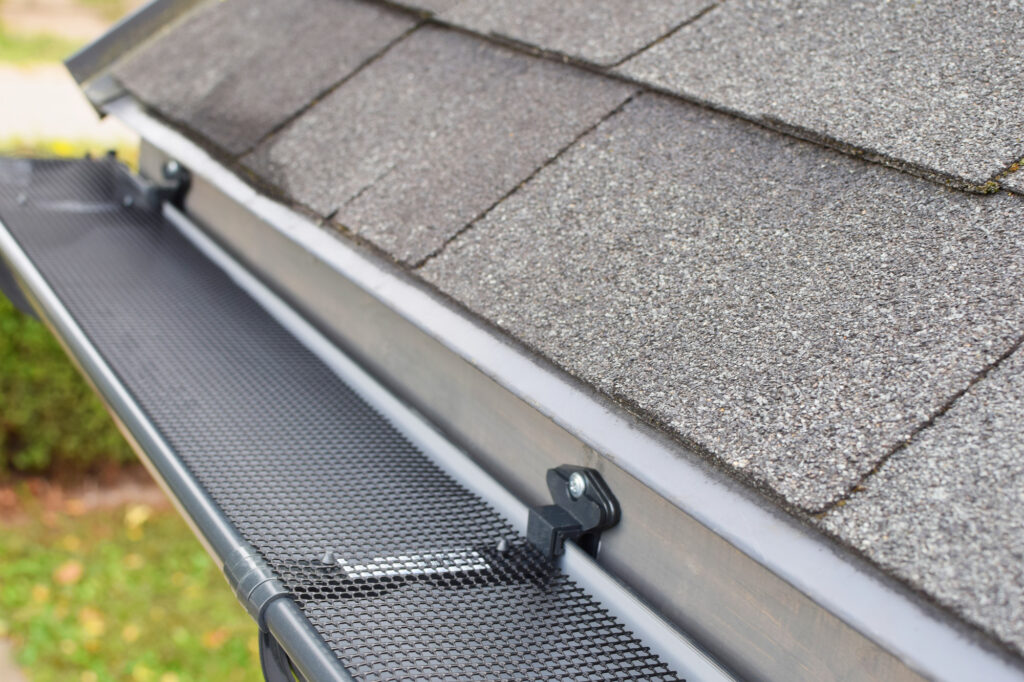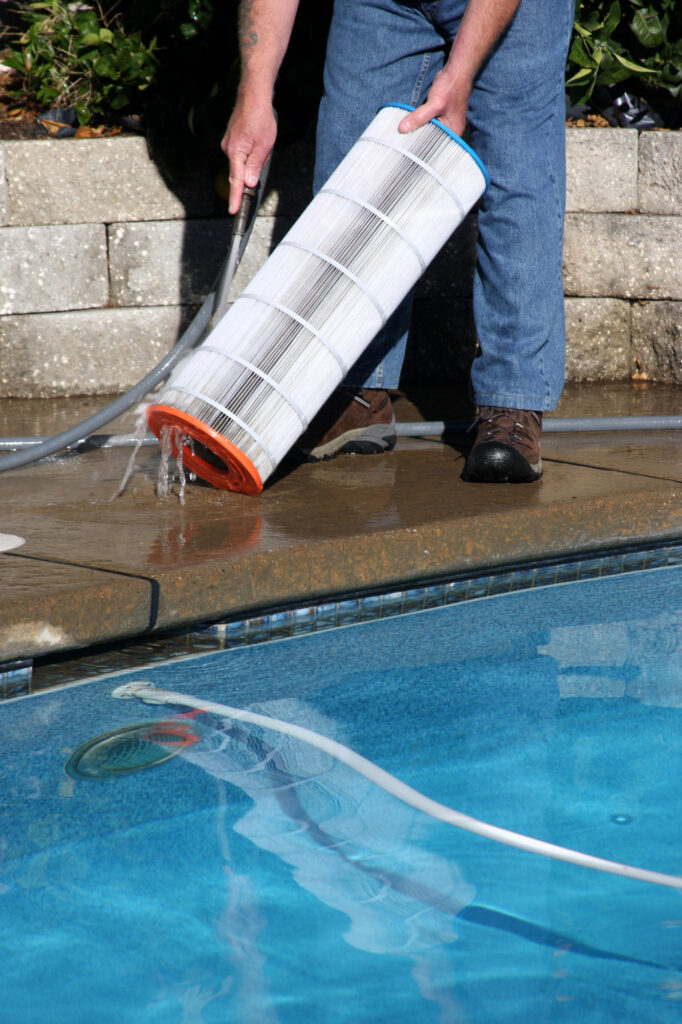You can take a number of crucial measures to make sure your septic tank stays in good condition if you have one at your house. All types of septic systems in Texas should be subject to routine maintenance. These include checking out leaks, conserving water, and keeping track of water usage. Additionally, unnecessary items that could contaminate a tank and result in a sewage backup should not be placed.
Conserving Water
Conserving water is crucial to a septic system’s proper operation. Fast-flowing water will prevent solids from settling properly, clogging the drain field and causing the entire system to back up or flood. It can also negatively affect groundwater, including the home’s drinking water and plant life.
Conserving water is important, including daily showers and toilet use. For example, using a timer instead of the shower and turning off the water when brushing teeth are effective ways to conserve water and avoid running the toilet. You can also save water by replacing old fixtures and appliances with new energy-efficient models. Finally, fixing leaks in plumbing systems is another way to conserve water. Small leaks can cause a lot of water to be wasted, so if you can avoid them, you can save money and avoid backups.
In addition to water conservation, you can maintain a regular service schedule to help your septic system last longer.
Checking for Leaks
Leaks in a septic tank can cause some problems. They can be caused by improper maintenance, environmental factors, or design flaws. To detect leaks in a septic tank, look for standing water. A leaking tank can cause soil to become compacted and settle. Additionally, it can produce a foul odor.
Leaks typically begin where the top and bottom sections meet. While this is often the site of a leak, it’s not always obvious. In some cases, leaks may go undetected because there are no visible signs or smells. Another common sign of a leaking tank is the loss of vegetation. If you notice a change in the vegetation, leaks might have been present for many years. If you have waited too long to find out about a leak, it could cause costly repairs.
A higher water bill is another sign of a leaking septic tank. Checking the meter and the water valves to shut off the water supply is essential. You should also check the water meters in your home to ensure they’re not moving. It will give you an idea of how much wastewater is backing up in your septic tank.
Monitoring Water Usage
Monitoring water usage is an important part of maintaining a septic system. This is necessary because it helps identify any problems that might arise and prevents costly problems from occurring in the future. One important way to monitor water levels in the septic tank is to purchase a water-level monitor. This device will track the water level in the tank and send notifications to your phone if the level rises or falls. The water level in the tank should be checked at least once a year. A water-level monitor can also alert you to any blockages in the pipes.
Another way to monitor water usage in a septic system is to monitor the amount of water used for different activities. A large amount of wastewater can cause problems, so it’s important to limit the amount of wastewater you use in a single day. It will also save you money in the long run. Some ways to reduce water usage include taking shorter showers, using low-flow shower heads, and limiting dishwashers and washing machines. You should also use low-flush toilet paper and avoid disposing of coffee grounds in the sink. You should also avoid dumping caustic liquids and sanitary products in the sink.
Pumping
Pumping a septic tank is not a job you should attempt on your own. If you are unsure of the procedure, contact a professional specializing in septic systems. A plumber will be able to tell you how to perform this task safely. Depending on the size of your tank, you can choose to pump part of it or the entire tank. Before you attempt pumping your tank, make sure that you have thoroughly examined the tank’s inside.
Pumping a septic tank may be necessary every year or two, depending on how often you use your septic system. This process is needed to remove solid waste from your septic system. Otherwise, this waste builds up in the primary tank and can clog your drain lines.
Consider budgeting for it beforehand to avoid overpaying for a septic tank pumping. Keeping an eye on the scum level and drains will help you plan your budget accordingly. In addition, a reputable company can monitor the pumping frequency and advise on upgrading to a larger tank if necessary.





Leave a Reply
You must be logged in to post a comment.